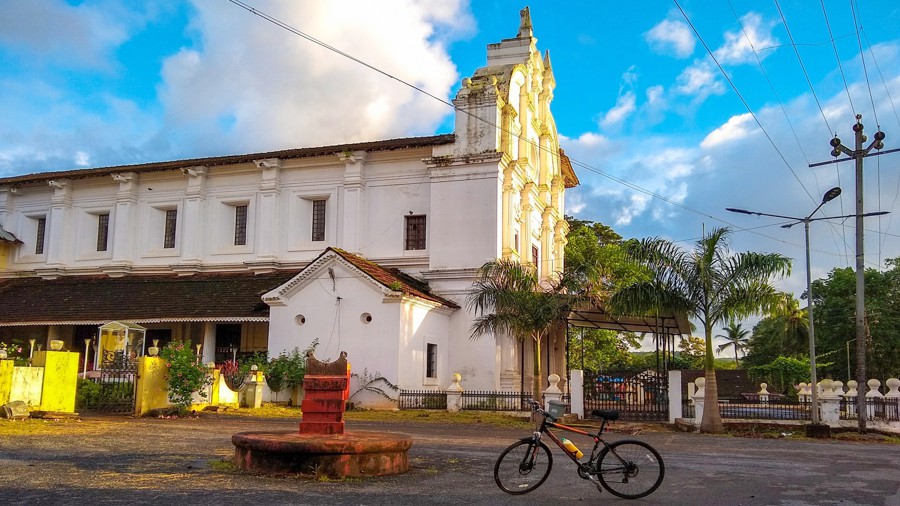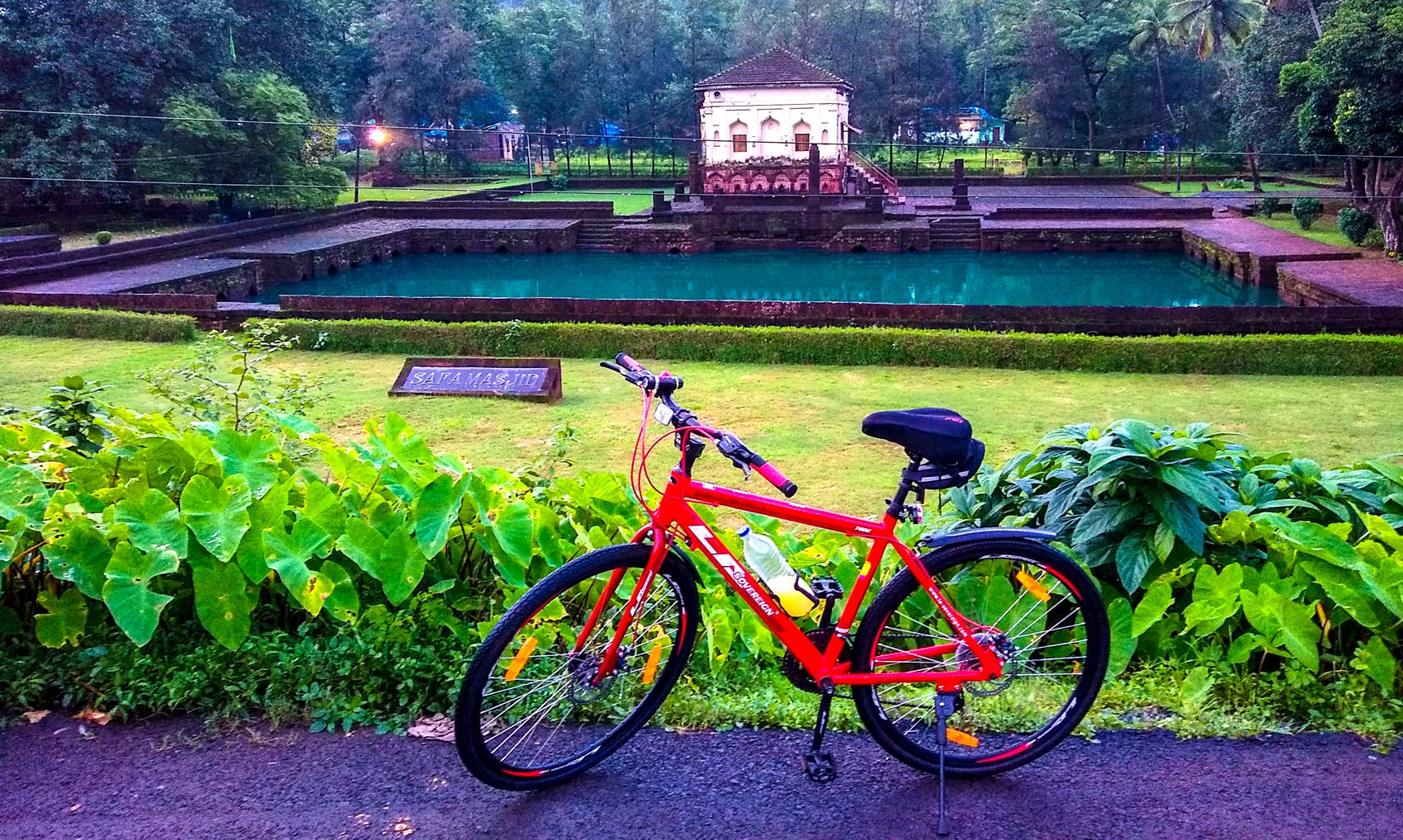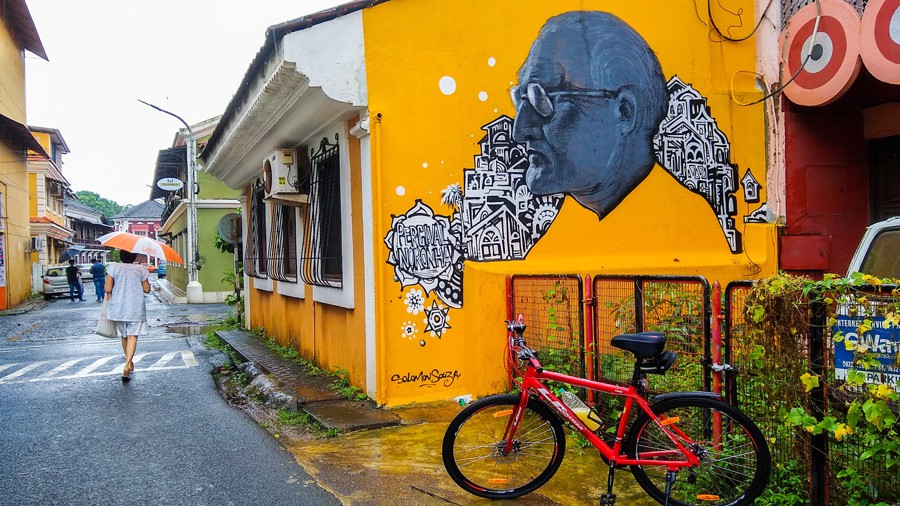The bridge at Borim was built in the 1930’s by the Portuguese over Zuari river connecting Salcete and Ponda talukas using steel imported from Germany. In 1961 during Goa’s liberation the Portuguese blew up the bridge using dynamite in an…
Just outside the Saviour of the World Church in Loutolim one will find this stone sun dial, an astronomical monument installed in the village over four hundred years back for the benefit of people who wanted to follow the time….
The majestic edifice on the banks of the Zuari River at Sancoale is the facade of the Church of Our Lady of Health (Nossa Senhora de Saude). Built in 1606, the church got destroyed in a fire in 1834. Today,…
The Safa Shahouri Masjid in Ponda was built in 1560 during the reign of Sultan Ibrahim Adil Shah of Bijapur. Around 27 mosques were built during the Adil Shah dynasty in Goa. While most of these mosques were destroyed during…
Today, 19th August is the death anniversary of Mr. Percival Noronha – the chronicler, the historian, the informant, the civil servant and above all a fine human being with a repository of everything Goan. He passed away last year at…
The only post box in Goa to have a pictorial cancellation stamp. The stamp features a sketch of “Sant Mirabai” – the longest laterite sculpture in India. The sculpture of Sant Mirabai strumming on her tambori and measuring 14 meters…






